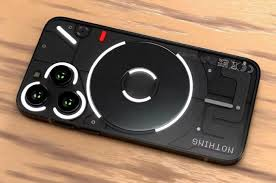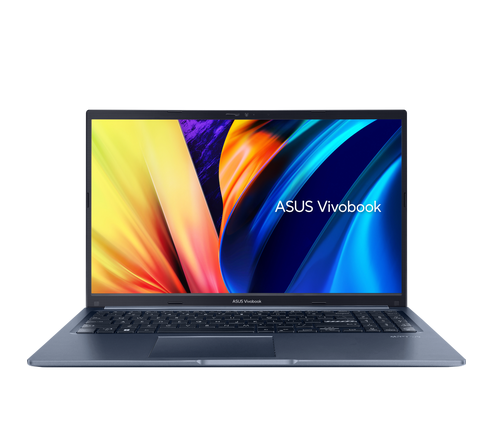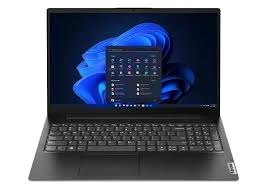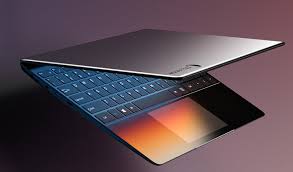The 2025 Student Laptop Buying Guide: Core Components and Key Considerations

Smart Tech Choices: A Student’s Guide to Choosing the Right Laptop in 2025
As the new academic year approaches, students across disciplines are confronted with a pivotal decision: selecting a laptop that will serve as their primary hub for learning, research, and productivity. In 2025, with a rapidly evolving tech landscape and a flood of device options, making the right choice requires a careful evaluation of both current needs and long-term value.
This guide unpacks the most critical hardware considerations to help students choose wisely—balancing performance, efficiency, and budget.
Processing Power: The Engine That Drives Productivity
At the core of every laptop is the Central Processing Unit (CPU)—the component responsible for handling tasks, running applications, and ensuring smooth performance. For students engaged in general academic work such as web browsing, document editing, and presentations, Intel Core i3 or AMD Ryzen 3 processors offer reliable performance at a budget-friendly price.
However, students in demanding fields like engineering, computer science, architecture, or digital media should consider stepping up to Intel Core i5/i7 or AMD Ryzen 5/7. These chips provide faster clock speeds, multiple cores, and enhanced multitasking capabilities—essential for software development, data simulations, and video editing.
Memory Matters: The Role of RAM in Seamless Multitasking
Random Access Memory (RAM) plays a critical role in how effectively a laptop handles multiple programs at once. While 8GB of RAM is sufficient for light multitasking and daily student tasks, it may fall short under more intense workloads.
To future-proof their investment, students are advised to aim for 16GB of RAM, which accommodates larger programs and smoother multitasking. For creatives and technical users managing massive files or running virtual environments, 32GB of RAM may be worth the extra investment.
Storage: SSDs Over HDDs, Every Time
When it comes to storage, the debate is effectively over. Solid-State Drives (SSDs) have become the standard for students due to their faster data access speeds, greater durability, and superior energy efficiency compared to traditional Hard Disk Drives (HDDs).
A 256GB SSD suffices for students using cloud storage and handling light local file needs. But for those working with video footage, CAD files, or multiple software suites, 512GB or 1TB SSDs provide the necessary headroom.
Battery Life: All-Day Power for On-the-Go Students
Few things disrupt academic productivity like a dead battery mid-lecture. Students should seek laptops with a minimum battery life of 8 to 10 hours, allowing them to attend classes, work in libraries, and collaborate in group settings without constantly needing a charger.
Beyond manufacturer claims, it’s essential to check independent battery tests. Real-world factors such as screen brightness, background processes, and wireless usage all impact battery longevity. Devices with energy-efficient CPUs and higher Watt-hour (Wh) ratings typically perform best in endurance.
Operating System: The Software Ecosystem That Shapes Experience
The operating system (OS) sets the tone for user interaction and software compatibility. Students have three main choices:
- Windows: The most widely supported OS, ideal for students needing broad software compatibility, especially in fields like engineering or business.
- macOS: Found on Apple’s MacBooks, it offers a polished interface, seamless device integration, and is favored by design and media professionals.
- ChromeOS: Lightweight and web-focused, ChromeOS is ideal for students with basic needs—document editing, email, and internet browsing—especially at lower price points.
Final Thoughts: Matching Tech to Academic Ambitions
No single laptop suits every student. Humanities majors may prioritize affordability and portability, while design or engineering students must weigh in additional performance requirements. The right device should balance performance, durability, and battery life with long-term adaptability to meet growing academic demands.
By understanding the significance of core components—CPU, RAM, storage, battery, and OS—students in 2025 can make informed, strategic choices that empower them throughout their academic journey and beyond.
League Manager Editorial Team








Leave a Comment